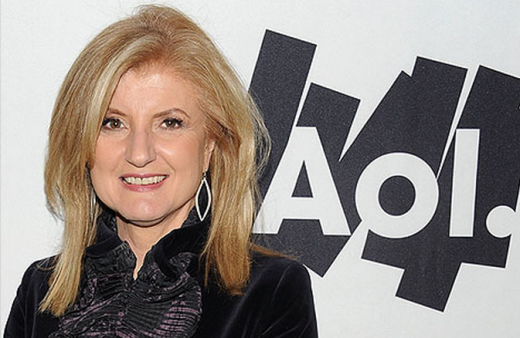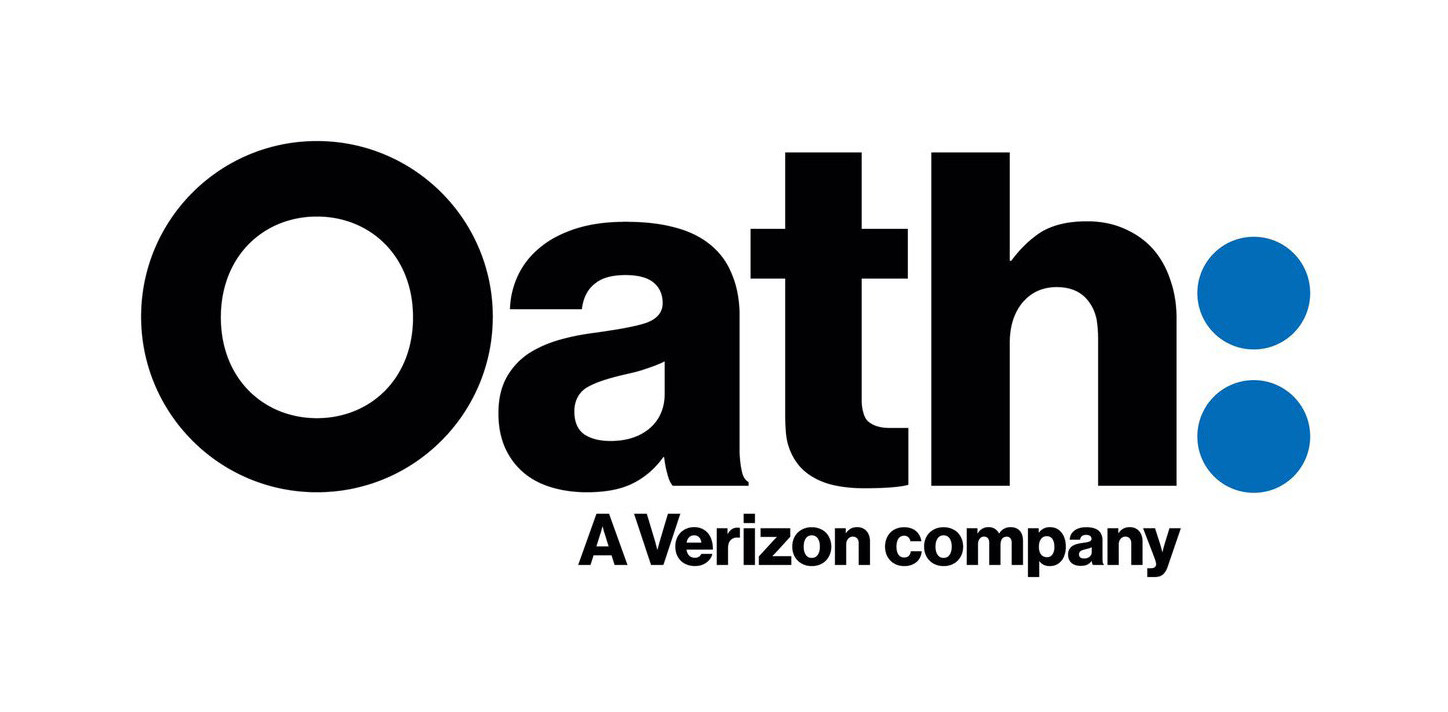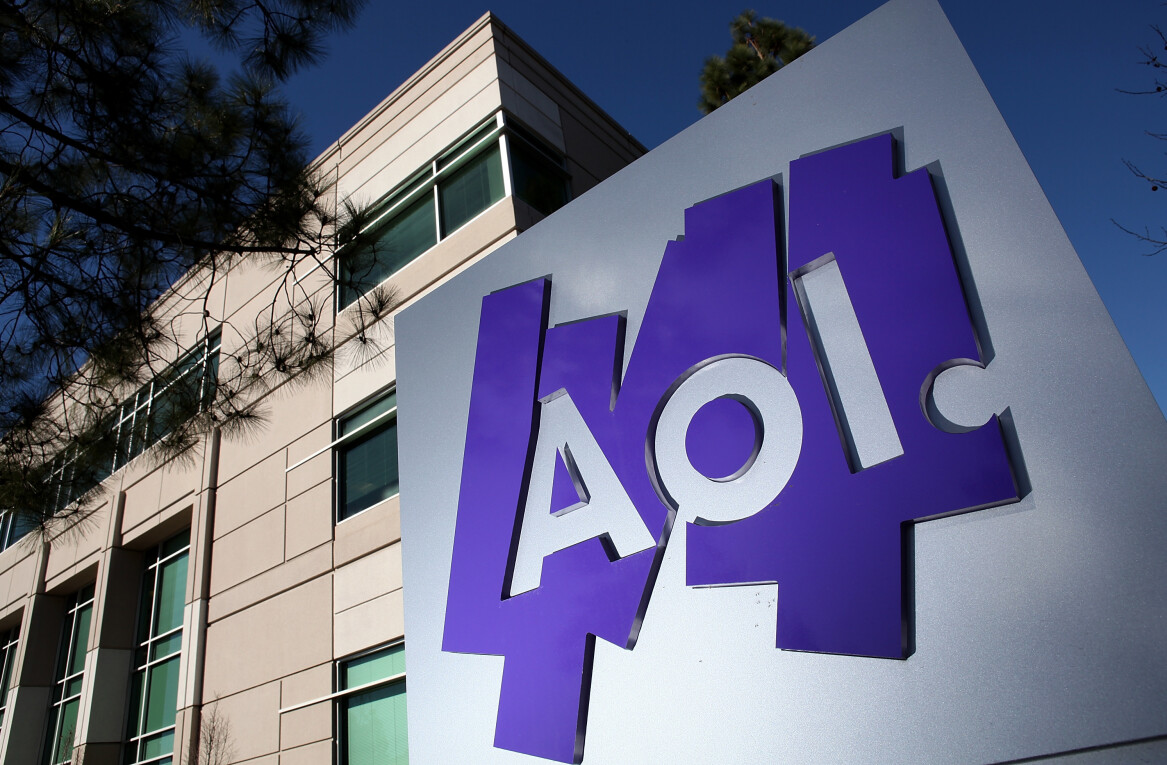
This post is a designed meditation on publications that are strictly digital, and their future under the new reality of agglomeration through acquisition.
Yes, the great landscape of blogs and digital media is a-changin,’ and there is no more conspicuous face in the matter than AOL. AOL, a hulking relic in the very definition of the phrase, coming back from the dial-up grave, is on the warpath with a checkbook. It is, quite literally, redrawing the map of online content.
This is not the moment in which digital publications have ‘come of age,’ or any such nonsense, but it might mark the instant in which a media empire can be built with purely online elements. AOL is trying to do just that.
While that might seem almost laudable, there are cracks in the armor. Two trends outline changes in content under an AOL led future that might not be as wholesome as the company wishes to appear: the AOL way, and recent, seemingly new, standards for contributions to the Huffington Post following its purchase by AOL.
The Huffington Post: Clearinghouse of the Internet
The Huffington Post’s tagline, ‘The Internet Newspaper,’ was more fitting than most of its readers probably knew. It wasn’t just a newspaper for the Internet, it was one done in the style of the Internet. With thousands of contributors from every walk of life blogging away, it had a feel of barely controlled chaos, something that helped to foster its vibrant community of reader commenting.
As the Huffington Post grew, it took on a status all of its own; it still holds to this day the number one influence rating of all blogs as denoted by Technorati. To contribute to the Huffington Post became a mark of having ‘made it’ in one topic or another. And as the publication added new sections, including city specific pages, a Religion forum, and soon, Canadian and UK editions, more and more writers became interested in adding to its pages.
After all, the Huffington Post had what everyone who writes wants, and it’s not money, it offered access to an audience. And so on it went, with new topics, writers, growth, and increasing revenues, until all of that was turned upside down in one fell swoop.

AOL buys the farm
AOL turned out its pockets, found some $315 million to spare, and cut a deal. Rumors have HuffPo founder Arianna’s share at around $100 million of that total.
Of course AOL’s homepage remains massive, holding onto the 17th spot on the most trafficked US site list, 16 slots higher than the Huffington Post today. But if you examine those charts, one is going down while the other is rising. AOL bought the upward graph.
When any publication is purchased, especially one in which the founder is still on board, people fret about the effects of the takeover; will the character remain the same? Will the new owners beat the life out of it? Will its best and brightest leave and find new homes if the new corporate environment is stifling?
The list goes on, and in the case of AOL there is precedent to ground such worries: the AOL Way. The AOL Way, in case you missed the controversy, is AOL’s plan for the future of its publications, including its purchases, not just the ones that it has grown.
The AOL Way is a method of streamlining and SEOing content to make it, borrowing from Daft Punk, “harder, faster, better, stronger.” But what it does not do is bolster author autonomy, or anything along that line; it is a method designed to extract money from content, not to build great publications.
When the AOL Way leaked in full the media, our own Courtney Boyd Myers asked the question that was on everyone’s mind: “Is AOL destroying journalism for page views?” While that headline is a touch loud, and what headline is not, she is pushing a real point: is AOL going to use their Way to turn down the levels of personality and quirk at the publications that it owns and will buy in the future?
This question is why I called this article “Content control in the Age of AOL,” and took the time to write it. AOL has not just purchased the Huffington Post, but other, quite dear publications, that have long had reputations for the individuality of their authors. And we worry about them.
But in the case of the Huffington Post, are we seeing any changes thus far that might be cause for alarm for fans of the publication’s past form as an independent publication?

Big changes afoot?
The answer to that question is maybe. According to some Huffington Post contributors, a good number bloggers that helped build the site were uninvited to the party without being informed.
One such ex-Huffington Post blogger, Joe Favorito, claims that ever since the AOL purchase of the site things have gone “quiet.” This is what he had to say on the matter:
Then as most know, Huff Po was sold for a huge sum of money, and all went quiet. [Submitted] Posts were never answered for weeks. Email addresses bounced back, phones rang and rang with no voice mail. A “citizen journalist” site disappeared for its contributors.
I was not alone in this experience. At least 15 or 20 others have gone through the same thing. Finally two weeks ago I received an email back from “Becky”…n. last name, a generic email, no phone number…saying that a post I had sent in weeks before “didn’t fit the focus of the site.” I asked what the editorial guidelines were, who I could speak to just to get clarification. Nothing. Not a word.
In a similar vein, a request for comment submitted by The Next Web to the Huffington Post on their editorial guidelines has thus far not been answered.
The end of truly indie big-media online?
The constant struggle between causation and correlation aside, based on other anecdotal evidence and stories like Favorito’s it seems that on some level the contribution guidelines for the Huffington Post have changed under AOL.
And that makes sense. After all, AOL is a company that has deeper pockets than the Huffington Post ever did, making it a much higher profile target for lawsuits. And what what company trying to build an empire would care too much about a few thousand bloggers who are, now that the Huffington Post has all the momentum in the world, riding its coattails a touch?
Such submitted content from unpaid, non-contractual writers is perhaps just too much of a risk for AOL to take on. Even more, now that HuffPo is so large, individual blog posts are hardly big drivers of traffic to the site.
But recall that we called the Huffington Post more than just a newspaper online, but one that embodied the core elements of the Internet: egalitarianism, participation, and so forth. Even if AOL has made the changes that it seems to have made in good faith, they are still transformative in a way that is counter to the old core of the Huffington Post.
TNW checked into the blogger backend of HuffPo and can confirm that, according to what the website says, the blogging guidelines have not been updated since last year:

On the Technorati 100 list, AOL owns three of the top five publications. You have to ask the question, is this the end of truly massive independent online media? If the company continues to purchase as it has been, the top 100 blog list going to become its fiefdom. That level of concentration, coupled with the capitalistic plans of the AOL Way, paints a future in which the biggest media publications are snapped up, and then commoditized.
Happily, there are signs that go contrary to that future. We half-mentioned TechCrunch earlier, another recent AOL acquisition, and a publication that is a TNW competitor. TechCrunch has not suffered, so far as can be told from the surface, any harm except for the occasional forced meeting since they were bought out. Now, TechCrunch is full of spunky writers and is headed by a slightly acerbic captain, which must help in defence of its culture, but I have been surprised at how little meddling has been attempted by AOL.
So there is hope. But dollars shout and most digital publications that are important are quiet; online media has never been a salad fest. So long as AOL, and others, it must be said, want to grow by leaps and bounds they can, and they will. That coupled with a corporate strategy as stark (almost robotic) as the AOL Way and the future of online media looks slightly boring, if nothing else.

What this means for readers, and for writers
Ever since the AOL Way came about, flagship AOL publication Engadget has had a very hard time holding onto its key staff. In fact, they have been leaving in droves. It’s sad to see a blog that everyone so loves and enjoys hollowed from the inside out.
But there is rebirth. Many of the Engadget-exiles have banded together and formed a new, if temporary, home. It is already scorching other blogs and is racking up headlines by the bushel. It’s about the writers, silly.
But it’s also about the readers, who are going to pull up their trusty sites in the future only to realized one day that many of them have been homogenized.
Perhaps the current, and near-term future of digital content can be summed as follows: big interests are snapping up many of the best online publications, but their management plans for those companies are going to force out many of the writers that built them, or they will be forced out as we have seen with the Huffington Post. This will take away much of the spark from those publications, even if it won’t hurt their flagship reporting overmuch.
The very dynamo that built the publications that are, to bend English a touch, under purchase, still exists however, and that is the zero marginal cost of distributing data through the Internet; the people who built what is being purchased can do it again.
That is why when you peer far into the future, past the Age of AOL, things are as bright as ever, even if certain lights are today being extinguished.
Get the TNW newsletter
Get the most important tech news in your inbox each week.




